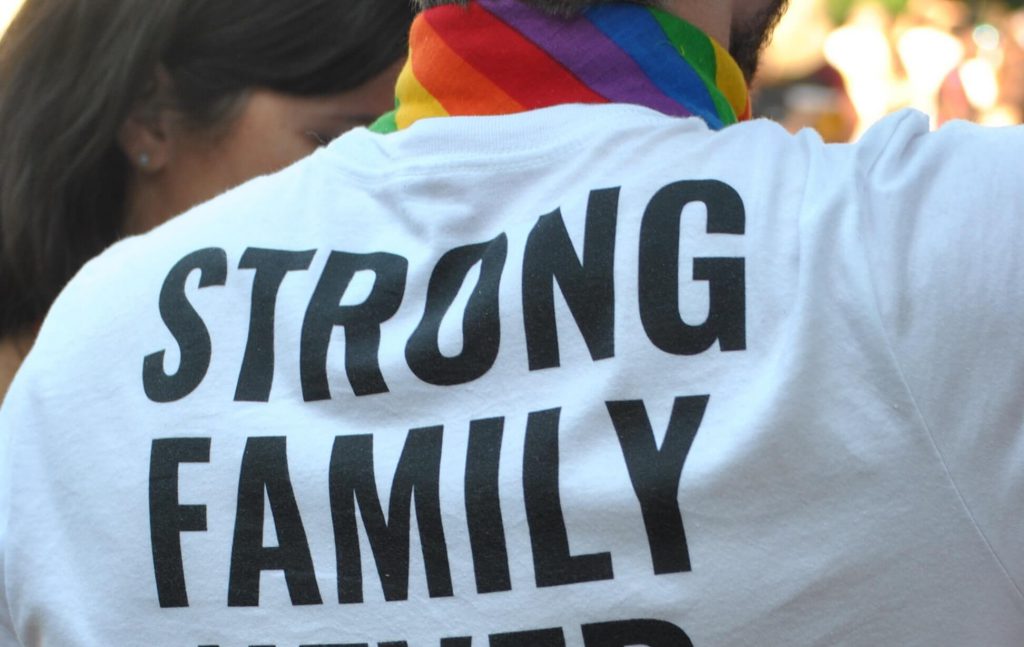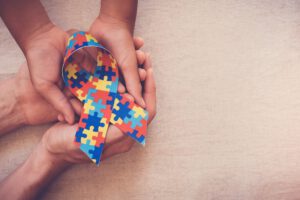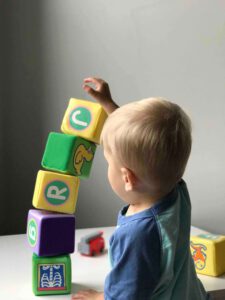
LOVING SOMEONE GAY

What is homosexuality?
Increasingly, over the past ten to twenty years, we see a greater tolerance for gay men and lesbian women in many countries, including Israel.
Homosexuality, or an attraction to a person of the same sex, may or may not involve actual sexual behavior, since the behavioral expression of a romantic/erotic attraction to others of the same sex may be inhibited or dampened due to societal pressures and upbringing, or stem from what has become an internalized conflict.
According to Isay and others, homosexuality is a variation of normal human sexuality. Moreover, there is no evidence of greater pathology in homosexuals versus their heterosexual counterparts. Furthermore, homosexual parents do not produce a greater incidence of homosexual children, when compared with heterosexuals.
Isay, a gay psychoanalyst who has worked extensively with gay men in the United States, considers homosexual fantasies, whether conscious or initially repressed upon seeking therapy, as a marker for homosexuality.
Exploring the fear of homosexuality, he suggests that the hatred of “what is perceived and labeled as feminine in men,” such as being loving, generous, sensitive and nurturing, is a root cause of homophobia. Hence, men who exhibit some of the above these qualities, may be perceived as effeminate and sissy. Assumed to be homosexual, they may become the object of scorn or hatred. Although Isay did not discuss female homosexuality, one wonders if a similar process might underlie the rejection of female homosexuality. Some lesbians may be perceived as exhibiting masculine traits and/or mannerisms, and this is somehow felt to be a deterrent.
Naturally, during their lifespan, both homosexuals and heterosexuals may experience some emotional problems. Some of the problems experienced by some gay men and lesbian women may be attributed to how they were received by society, especially by those closest to them. Clearly, acceptance and love, and respect for individual differences, make for a different experience than rejection, scorn, wrath. Guess who has a more robust sense self-esteem? A more positive self-regard?
Loving someone gay
Some children are aware of being different from their peers at a very early age. For example, a little boy may not wish to participate in competitive sports, or other rough’ n’ tumble activities. A young girl may not enjoy wearing dresses or playing with dolls, and may prefer to play with boys; she may be perceived as a “tomboy.”
Isay states that in his practice, most gay men reported that they felt different from their peers, from as early as age four. They viewed themselves as more sensitive than other children, perhaps cried more easily when their feelings were hurt. Some were drawn to other sensitive children and adults, or developed an interest in music or the arts. As adults, they did not remember when they first began to fantasize about other boys.
Eventually, gay people embark on a process of “coming out” to themselves. Often, this is followed by choosing whom to share this sensitive information with. Each time there is a choice to be made. It is a lifelong process.
The way to ensure the health of your loved ones is to accept them as they are, unconditionally, even if they are different from other children and may fall short of what you would like them to be. They are not your extensions, the fulfiller of your own dreams. Children should not be required to live their lives in the shadow of their parents or caretakers— they must be allowed to differentiate from their early “attachment figures” and have the freedom to become who they wish to be, in their own right, separate beings, secure in the knowledge they are loved exactly as they are.
This attunement to your child’s needs, which will often deviate from your own, and your acceptance of your child, allows him or her to develop what is viewed as a “secure attachment.” Such children are able to engage and connect with others, and learn it is possible to depend on others to “be there” for them when needed. They feel safe in the knowledge that for the most part, when they reach out, their significant other will be attuned to their emotional needs, and they will become more adept at repairing inevitable breaches or “empathic failures” because they have had such experiences with their caretakers. This repair is extremely important, and if navigated well, can only strengthen the relationship. The most important thing is to recognize that such a breach or rupture has occurred, and to verbally acknowledge it (e.g., “I can see that my reaction has upset/disappointed you.”)
Children develop a sense of continuity of self that is built on predictability and constancy; this allows them to integrate past, present and anticipated future experiences into a robust sense of self. The secure attachment and sense of safety that comes with it, allows them to have a positive sense of self, to value themselves for who they are. For some, this means accepting being gay and being able to be at peace with this self-knowledge, because one is loved.









